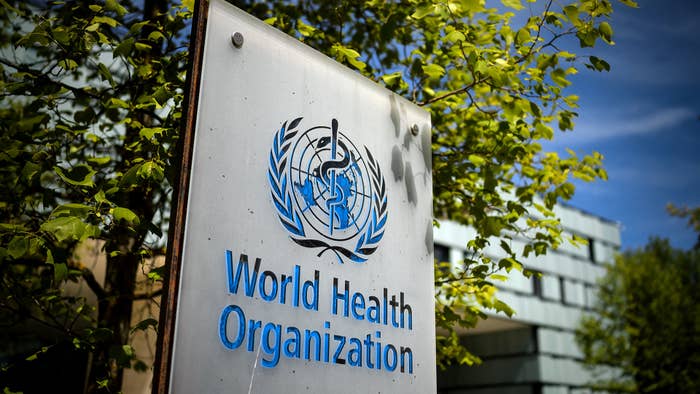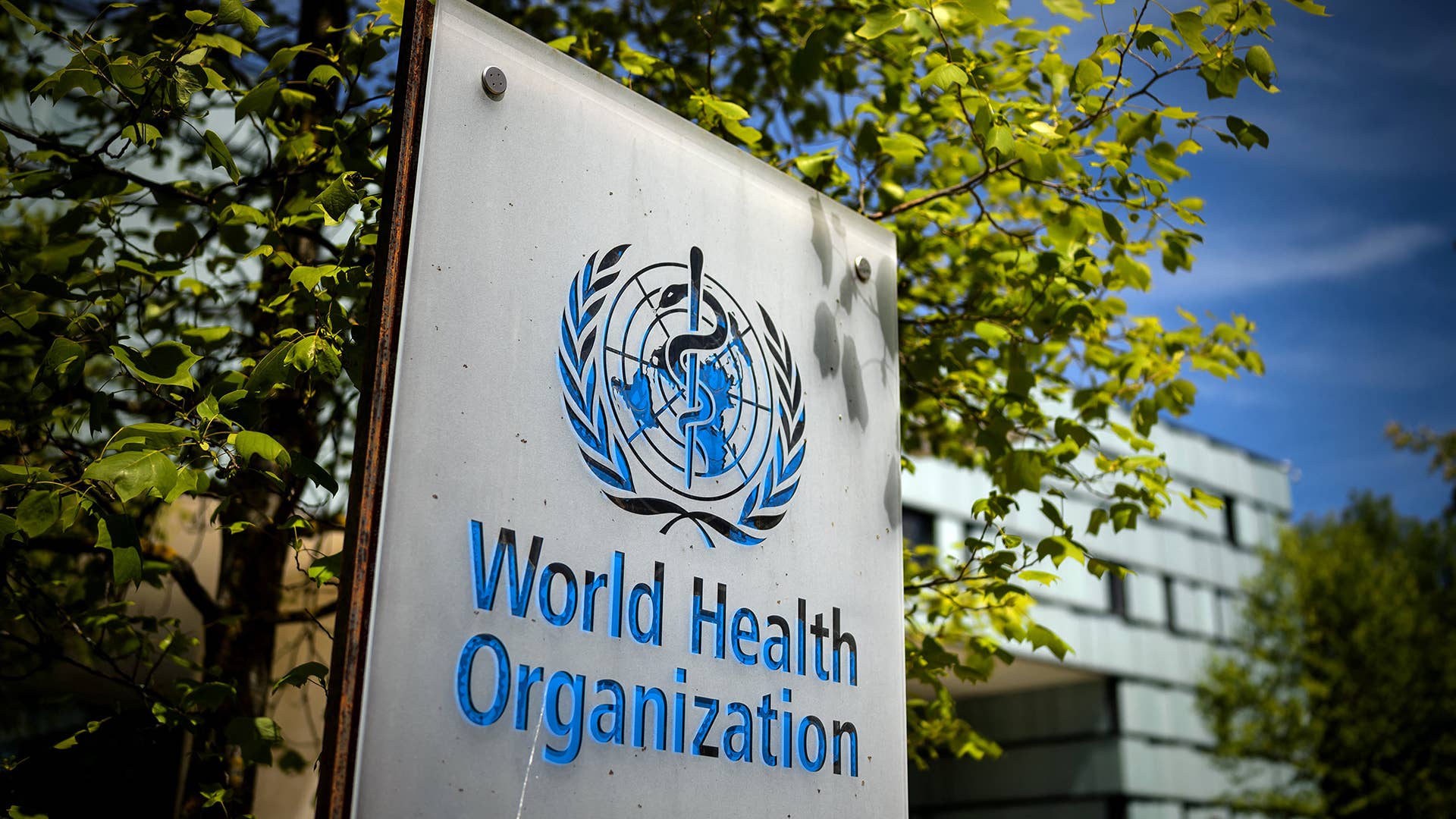
The World Health Organization released its 2021 air quality standard report on Monday, and it’s pretty alarming. According to the organization’s data, 99 percent of the world’s population breathes poor-quality air.
Zero countries tracking air quality in 2021 managed to meet WHO’s standards, according to the survey which collects pollution data in 6,475 cities. A staggering 99 percent of the global population is breathing air that ranges from potentially harmful, to life-threatening. The air quality is especially poor in the Eastern Mediterranean and Southeast Asia regions of the world. Overall, only 3.4 percent of the surveyed cities met the clean air standard last year.
“After surviving a pandemic, it is unacceptable to still have 7 million preventable deaths and countless preventable lost years of good health due to air pollution,” said Dr Maria Neira, WHO Director of the Department of Environment, Climate Change, and Health. “That’s what we’re saying when we look at the mountain of air pollution data, evidence, and solutions available. Yet too many investments are still being sunk into a polluted environment rather than in clean, healthy air.”
WHO is calling on governments around the world to implement national air quality standards, better monitor air quality, and accelerate efforts to transition to clean energy. “There are a lot of countries that are making big strides in reduction,” said IQAir’s air quality science manager Christi Schroeder, per Reuters. “China started with some very big numbers and they are continuing to decrease over time. But there are also places in the world where it is getting significantly worse.”
The report comes six months after the organization tightened its air quality guidelines. The database previously measured two types of particulate matter, PM2.5 and PM10, but the latest update considers nitrogen dioxide ground measurements. Exposure to nitrogen dioxide can result in asthma or other difficulty breathing.
“Particulate matter, especially PM2.5, is capable of penetrating deep into the lungs and entering the bloodstream, causing cardiovascular, cerebrovascular (stroke) and respiratory impacts,” reads the report. “There is emerging evidence that particulate matter impacts other organs and causes other diseases as well.”

